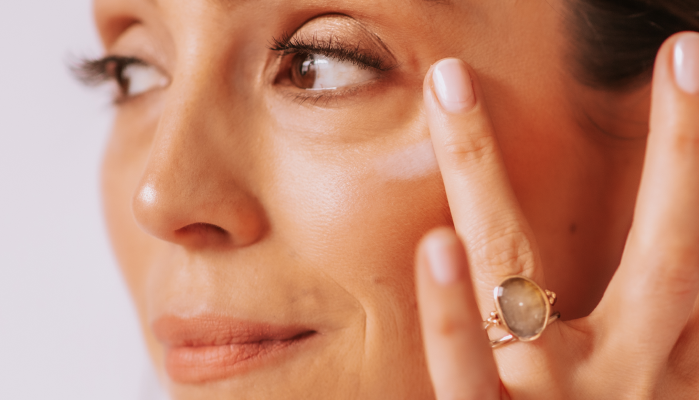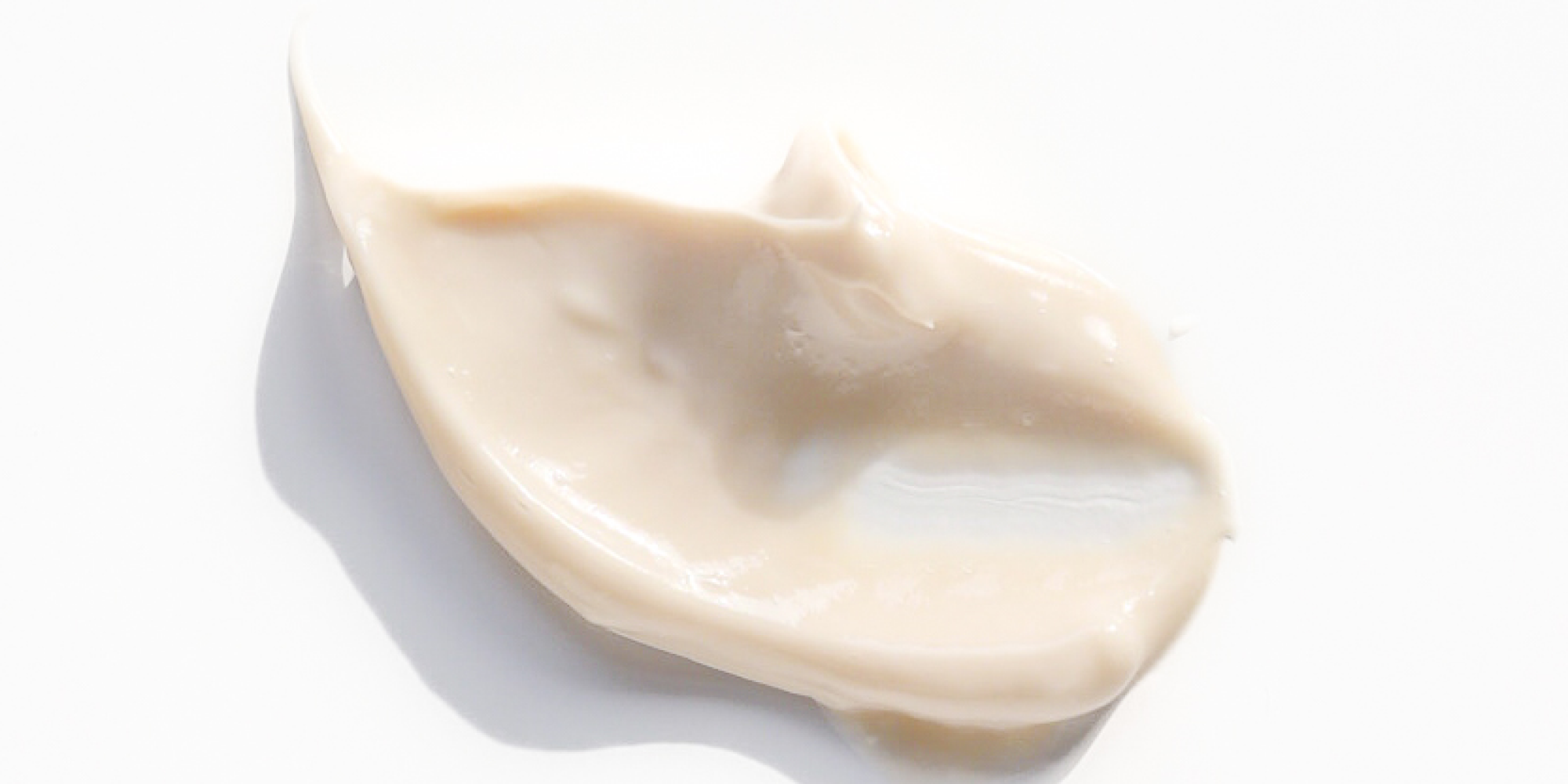
Four Pillars of Skincare
There are four pillars of skincare for optimal skin rejuvenation and healthy age management. They are:
- Gentle removal of dead skin (Exfoliation)
- Use of antioxidants and anti-inflammatory ingredients (Preserving)
- Stimulation and repair of cell function (Restoring)
- Proper hydration and adequate sun protection (Protecting)
If we look back to how the skin functions and how we are aging, these four pillars are what we need to focus on. So, let’s start with exfoliation. As we age, healthier cells grow in the basal layer and migrate to the surface of the epidermis known as the stratum corneum. They begin as nice, plump cells filled with moisture and as they migrate up to the surface, they become flattened scales of epidermal cells.

When we are young, this migration happens very quickly, and as we age that process begins to slow down. A good example of this is that when a baby falls and gets a scrape, the wound heals pretty quickly, almost overnight. However, if an elderly person has bumped their arm, it can take up to 10 days or even two weeks to heal. That is because the cell renewal process has slowed down dramatically. In healthy, younger skin, it takes approximately 28 days for the cells to form in the basal layer and work their way up to the surface. As we age, this process slows down greatly to between 28 and 45 days.
Due to this slowing cell-renewal process, exfoliation becomes important to eliminate that layer of dead skin on the surface, leading to a dull and dry skin appearance with fine lines and discoloration. These dead skin cells are held there by intercellular lipids similar to glue. The dead cells stay on the body for a longer period of time, and therefore skin looks dull, is not hydrated, and has a texture that is rough to the touch. Gentle exfoliation will loosen and dissolve the glue-like lipid that bonds the dead skin cells to the surface, sloughing them off, and exposing younger, fresher, more hydrated skin cells.

The next critical step is preserving the skin using antioxidants to protect against free-radical damage and inflammation. Free radicals are primarily caused by extrinsic and environmental damage. They have a damaging effect due to the free radical bouncing around within our skin and damaging our DNA. Our cells reproduce their likeness, and therefore damaged cells are being reproduced and accelerating the aging process.
The third thing that we need to do is to restore the skin by stimulating and repairing it. With the application of controlled injury and incorporating cell nutrition, proteins, and amino acids, we can stimulate the regeneration and renewal of collagen and elastin. We can rebuild what’s been torn down from the extrinsic and intrinsic aging process. We can balance cell communication to normalize cell function, resulting in a healthier skin barrier.

And then lastly is hydration and sun protection. Hydrated skin cells are filled with moisture and are smooth and soft. As we age, our estrogen is depleted and our skin becomes drier, so we need to keep our epidermal cells plumped up with moisture to prevent dehydration.
Think of dehydration as grapes shriveled up into raisins. We need to prevent this dehydration by keeping the skin cells filled with moisture. It is important not to use harsh cleansers that dehydrate and deplete the skin, and also to replenish the skin with moisture-binding, ingredient-rich moisturizers, which will help smooth and soften your skin. Ideally, your daily daytime moisturizer should include sun protection factors to protect the skin from collagen and elastin deterioration and hyperpigmentation.






